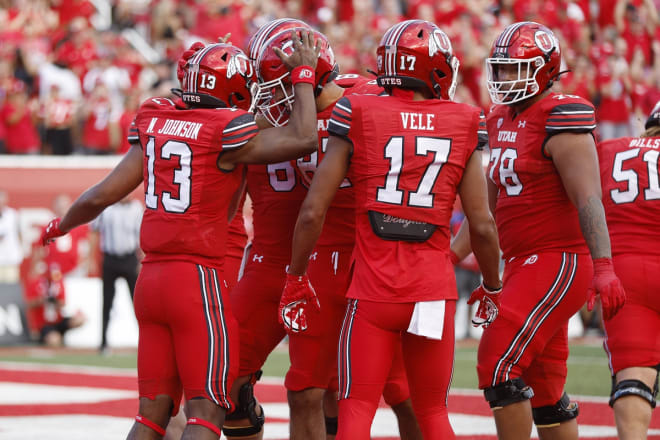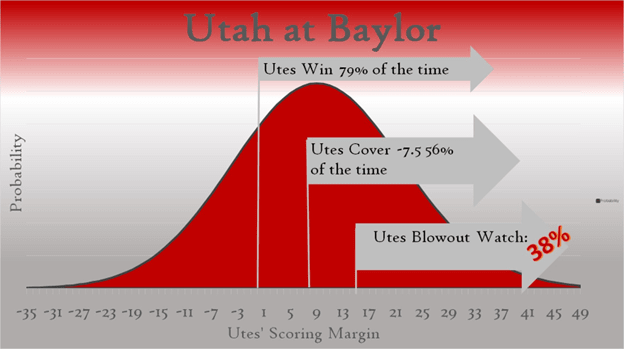Statistically Speaking: Utah vs. Baylor

When the clock hit zero last week, Utah fans were riding high on a scoreboard that showed a dominant victory. The Utes scored on the first play from scrimmage, opened up a double digit lead halfway through the second quarter, and never relinquished their dominant hold on the game after that. As for the Baylor Bears, their nightmare was the counterpoint to Utah’s dream. They lost at home to the lowly Texas State Bobcats in a performance that was a defensive disaster, surrendering 28 points in 25 minutes and handing control of the game to their opponents.
The question, for the statistically-inclined, is what to make of it. Does the Utes’ big win over Florida justify a significant shift in expectations moving forward? Was Baylor’s inability to limit the Bobcats sign of a defense that will never get a stop? Or were these results more about the chaotic reality of a college football game?
Utah fans should pause before they shift their expectations too much. The final score belies a game that was evenly matched in terms of average play performance- Utah actually gained fewer yards per play on average than the Gators did. In fact, Utah’s 5.09 yards per play against the gators ranks 91st nationally, behind team like Louisiana Tech and UConn.
What the Utes did well- perhaps unsustainably well- was make big plays at critical moments. There were 11 ‘high-leverage plays’ in Thursday’s contest- moments where a do-or-die opportunity was presented and there was a dramatic difference between the average points a team would expect at that field position and the points resulting from the play. Utah gained an advantage on 63% of those plays with an expected point swing totaling nearly ten points. Making big plays in big moments is of course a critical part of winning football games, but it’s not a model Utah will be able to rely on if they are not able to open up more separation from their opponents over the play to play average.
Baylor is a different story, their fans should be sweating bullets about this season. While their 11 point loss has some hallmarks of being a larger-than-expected point differential, as the Bears had an efficient 6.89 points per play compared to 6.39 for Texas State, that’s still a whole lot closer than a team like Baylor wants to be to a team that went 4-8 in the Sun Belt last season. The complete failure of the defense warrants real concern for Baylor fans, and Utah’s offense should look to find a way to get right and show more efficiency in this week’s contest.

Utah may well blow this Baylor team out, with over one in three chance of winning this contest by two touchdowns or more. For that to happen, they will either need their big play luck to hold or a much less conservative game plan from Utah’s coaching staff- Baylor was exceptionally vulnerable to the pass last week, carrying a trend over from 2022.
Utah can probably win this game with a workmanlike 2-1 run-pass ratio like the strategy they employed against Florida, but Baylor’s capable offense will keep the game close unless the Utes open up the playbook and stretch the field. Still, even a cautious approach should be more than enough to control this football game and come away with a comfortable W.
Utah 27, Baylor 17